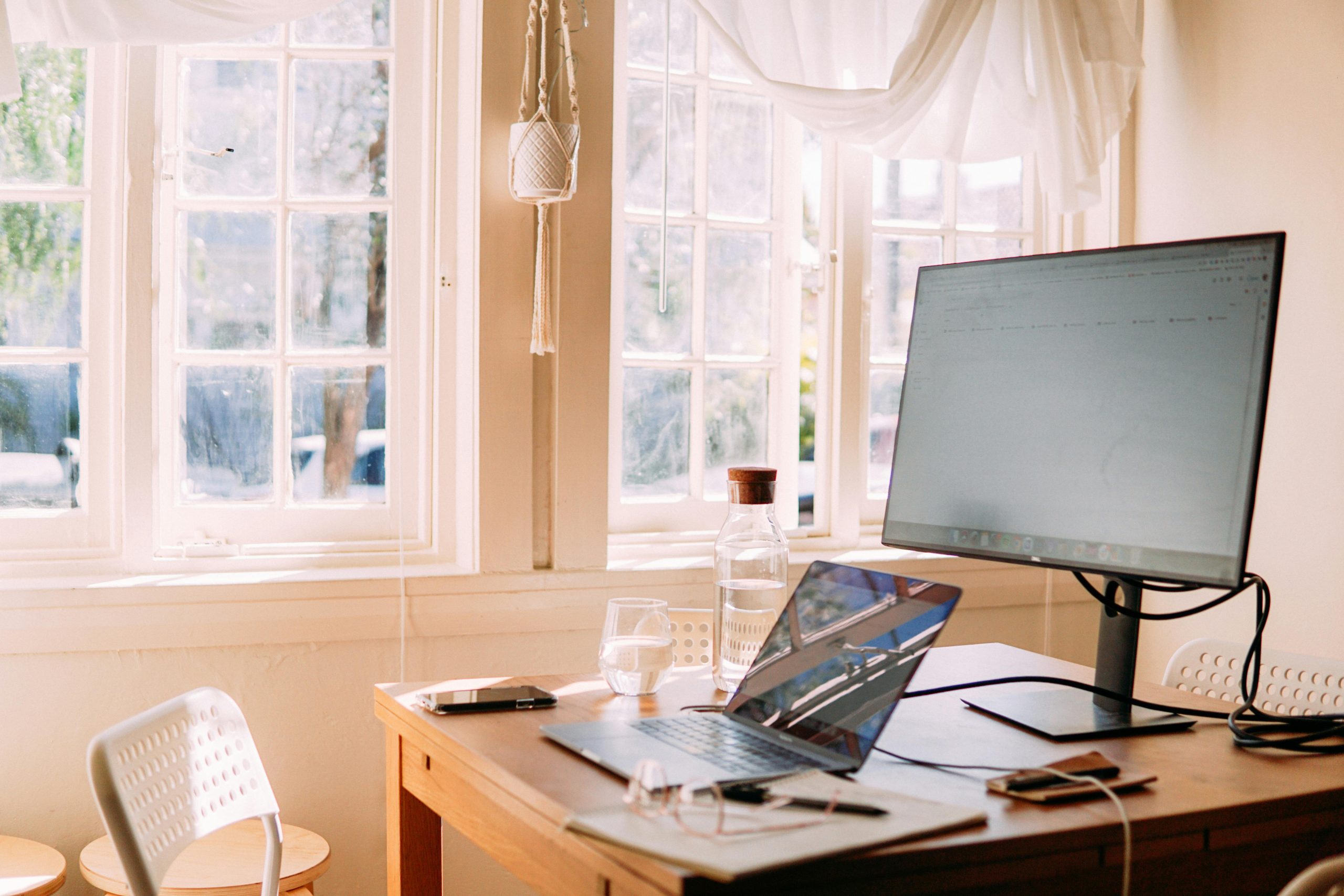Buying a new Windows laptop is exciting, but it often comes with unwanted pre-installed software known as bloatware. These unnecessary programs take up valuable storage space, slow down your system, and sometimes even compromise your privacy. Removing bloatware can significantly improve your laptop’s performance and give you a cleaner, faster experience. Here’s a step-by-step guide to help you uninstall bloatware from your new Windows laptop.
What Is Bloatware and Why Should You Remove It?
Bloatware refers to the pre-installed software that manufacturers or third-party vendors include on new Windows laptops. These programs often serve little to no purpose for the average user and can include trial versions of antivirus software, games, or promotional apps. While some bloatware might seem harmless, it can:
- Slow down your system: Unnecessary background processes consume CPU and RAM.
- Waste storage space: These apps take up valuable disk space that could be used for essential files.
- Pose security risks: Some bloatware may collect data or display intrusive ads.
By removing bloatware, you can optimize your laptop’s performance and enjoy a smoother computing experience.
How to Identify Bloatware on Your Laptop
Before uninstalling bloatware, you need to identify which programs qualify as unnecessary. Here’s how to spot them:
- Check the Start Menu: Look for apps you don’t recognize, such as trial software, manufacturer utilities, or games.
- Open Settings: Navigate to Apps > Apps & Features to see a full list of installed programs.
- Look for Brand-Specific Software: Many laptops come with manufacturer tools (e.g., Dell SupportAssist, HP JumpStart) that may not be useful.
- Research Unknown Apps: If you’re unsure about a program, search online to determine whether it’s essential or bloatware.
Once you’ve identified the bloatware, you can proceed with its removal.
Step-by-Step Guide to Uninstalling Bloatware
Method 1: Uninstall via Windows Settings
The easiest way to remove bloatware is through Windows Settings:
- Press Windows + I to open Settings.
- Go to Apps > Apps & Features.
- Scroll through the list and select the unwanted program.
- Click Uninstall and follow the prompts.
- Repeat for all unnecessary apps.
Method 2: Use the Control Panel
Some programs may require removal via the Control Panel:
- Type Control Panel in the Windows search bar and open it.
- Select Programs > Programs and Features.
- Right-click on the unwanted software and choose Uninstall.
- Follow the on-screen instructions to complete the process.
Method 3: Use PowerShell for Stubborn Bloatware
Some bloatware may resist standard uninstallation methods. In such cases, PowerShell can help:
- Right-click the Start button and select Windows Terminal (Admin) or PowerShell (Admin).
- Type the command Get-AppxPackage | Select Name, PackageFullName to list all installed apps.
- Identify the bloatware package name and use Remove-AppxPackage [PackageFullName] to uninstall it.
- Restart your laptop to apply changes.
Prevent Bloatware in the Future
To avoid bloatware on future Windows installations, consider these tips:
- Choose a Clean Windows Install: When setting up a new laptop, select the option to install Windows without additional software.
- Use Windows 10/11 Pro: The Pro version allows more control over app installations via Group Policy.
- Check Manufacturer Bloatware Removal Tools: Some brands offer utilities to remove their pre-installed apps.
- Install a Fresh Copy of Windows: Download the official ISO from Microsoft and perform a clean install.
Conclusion
Removing bloatware from your new Windows laptop is a simple yet effective way to boost performance and free up resources. By following the methods outlined above, you can eliminate unnecessary programs and enjoy a faster, cleaner system. Whether you use Windows Settings, Control Panel, or PowerShell, taking the time to declutter your laptop will pay off in improved speed and efficiency. Keep your system lean, and your computing experience will be much more enjoyable.
